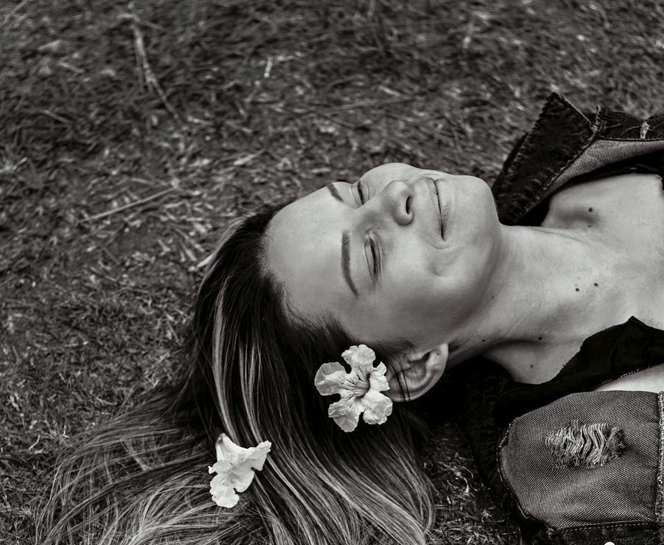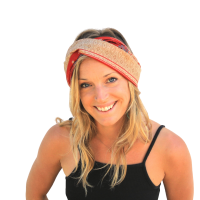{*Did you know you can write on Elephant? Here’s how—big changes: How to Write & Make Money or at least Be of Benefit on Elephant. ~ Waylon}
~
I was an archaeologist in my 20s.
And throughout those 10 years, during which I excavated dusty graves and poured over musty library books, I learned to recognise the timeless patterns of humanity. I saw that civilisations and empires rise and fall like the ocean tides. Nothing is permanent. Everything has an expiry date.
Fast-forward to now, and it’s clear to me that we are at the beginning of the collapse of Western civilisation. How do I know this? Every culture experiences a socioeconomic peak, which is then followed by a swift and dramatic decline. The Roman Empire, for example, after the height of its expansion, fell victim to climatic change and poor leadership. It was quickly brought to its knees when Rome was sacked by the Visigoths and Vandals in the 5th century AD.
Our post-modern capitalist civilisation arguably met it’s pinnacle a few years ago. Rapid decline has already set in, with late-stage capitalism now having us battling the effects of climate change, loss of biodiversity, global wars, and countless other collective indignities.
So that’s the bad news.
The good news is there’s still space for joy. In fact, we need it now more than ever.
Joy is what breeds resilience.
And no matter if we believe we’re on a sinking ship, or that there’s still time to turn things around, we all need to build our strength to move forward.
Joy is the building block of healing and fortitude. Any therapy or social activism that is devoid of joy becomes ineffectual quickly, and this is all to do with how our nervous systems are built.
Human beings have a negativity bias. We’re wired to search for and notice danger—it’s how we survive. Because of this, many of us believe that being uncomfortable is what will bring us closer to change. No pain, no gain after all. We’re not convinced that feeling joy is allowed given the state of the world, let alone that it might actually be the collective medicine that’s needed.
But it is.
Building our ability to let joy in is what expands our capacity to handle stress. In nervous system speak, it widens our “window of tolerance” (which is essentially our ability to respond appropriately to whatever life throws our way).
Our nervous systems, made up of our brains, spinal cord, and nerves, is a physical representation and manifestation of natural intelligence. When it’s in contact with enough stability, it self-organises and self-corrects.
Joy is a stabilising force.
This is why in the somatic coach training I teach, a huge portion of what we focus on is on learning how to attune to what feels good, pleasurable, blissful, light, or stable in the body. For the majority of us, this isn’t easy or straightforward. But it’s this that paves the way for healing because inner reorganisation happens as a byproduct of anchoring into stability.
Our social and ecological world is changing. For me personally, whenever I reflect upon the loss of biodiversity that’s happened in the last 50 years, it always activates within me a dark portal of grief. Yet I’ve also found in recent years deep joy in learning how to greater attune to Mother Nature and better notice her intelligence, her resilience, and her creativity.
Collectively, many things aren’t good. And perhaps, given the stage of the cycle that we’re in, they’re only going to get worse. But there is still so much beauty to notice and joy to feel. We must keep bringing our attention there.
I believe if we’re going to go down, we may as well go down dancing. But perhaps it’ll be joy itself that’ll help us weather the storm and usher in The New Beginning.
~
{Please consider Boosting our authors’ articles in their first week to help them win Elephant’s Ecosystem so they can get paid and write more.}
 Share on bsky
Share on bsky






Read 2 comments and reply